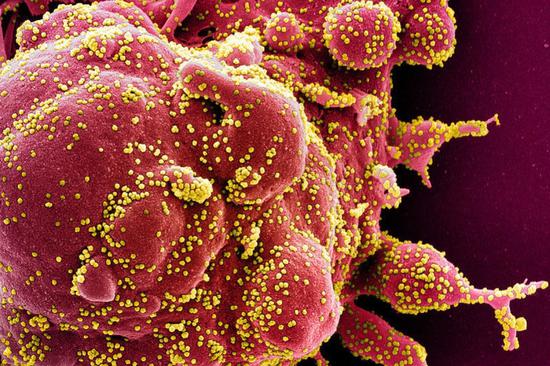AI helps scientists discover multiple new RNA virus species, supergroups
(ECNS) -- A study published Wednesday showed that an artificial intelligence tool has helped scientists discover over 160,000 new species of RNA virus and 180 supergroups.
The study, conducted by an international researcher team and published in Cell, is the largest virus species discovery paper ever published.
According to the paper, current metagenomic tools could fail to identify highly divergent RNA viruses.
The researchers built a deep learning algorithm, LucaProt, to discover highly divergent RNA-dependent RNA polymerase (RdRP) sequences in 10,487 metatranscriptomes generated from diverse global ecosystems.
Using this approach, the team identified 161,979 potential RNA virus species and 180 RNA virus supergroups, including many previously poorly studied groups, as well as RNA virus genomes of up to 47,250 nucleotides and genomically complex information.
The use of AI has advanced virus discovery, highlighting the scale of the virosphere, and making the process remarkably faster than using traditional methods.
Professor Mang Shi from Sun Yat-sen University, the study’s institutional lead, said that more viruses that were previously neglected or unknown could be found by using algorithms, which is especially important for disease prevention and control and rapid identification of new pathogens.
“Especially in outbreaks, the speed and accuracy of AI can help scientists target potential pathogens more quickly,” said Shi.
According to the researchers, the diversity of viruses far exceeds human imagination, and the study just scratches the surface. There may be a massive restructuring of the virus classification system in the future, Shi added.

